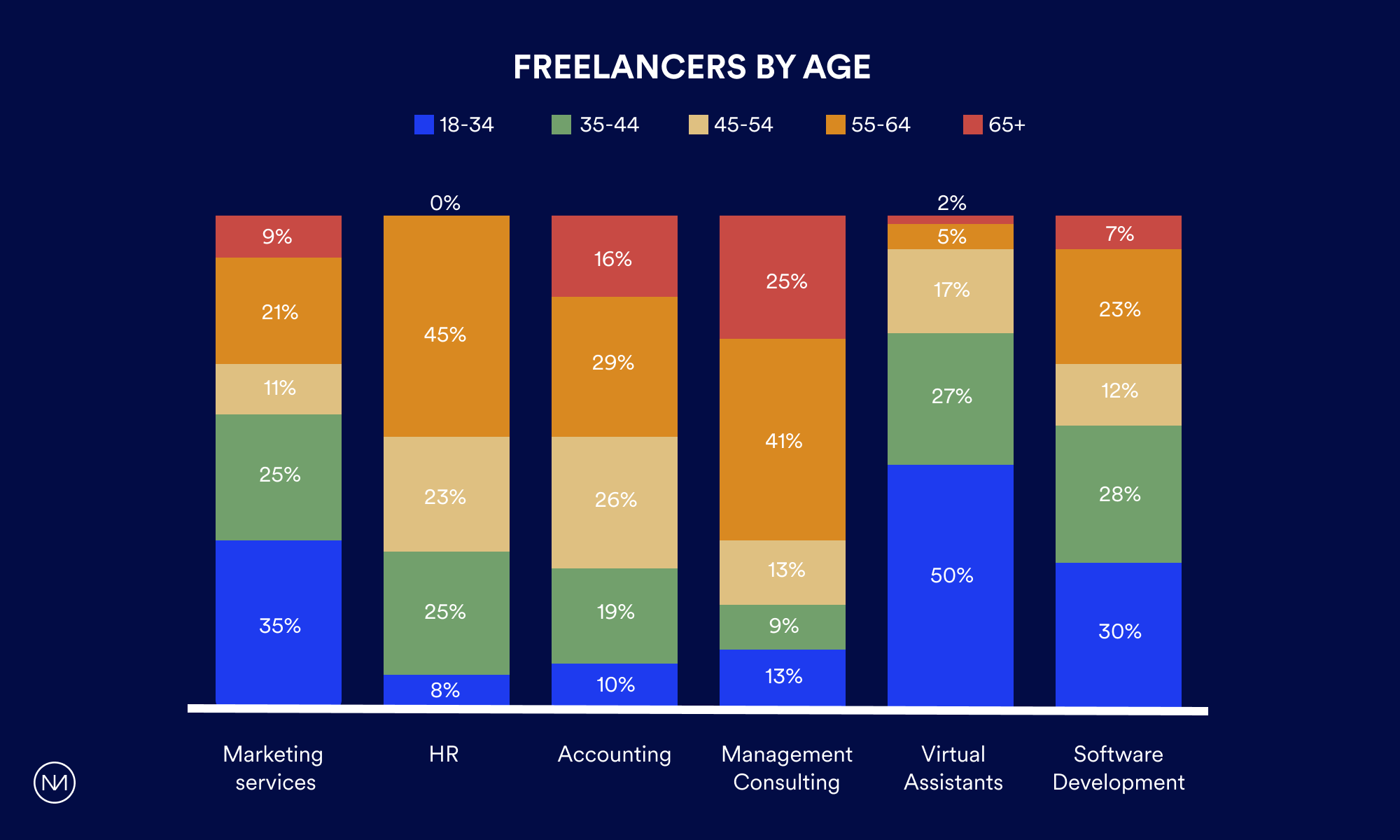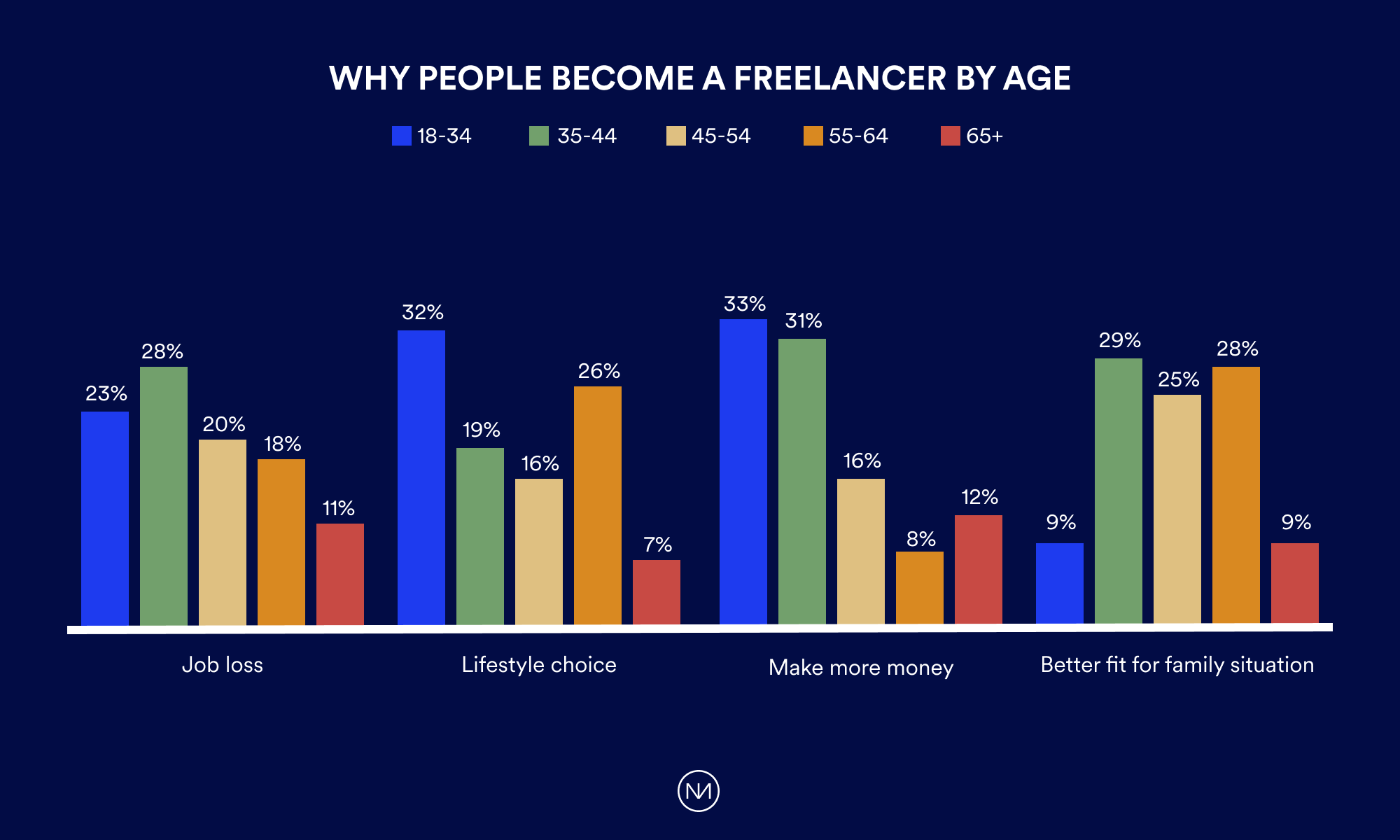Julianna Carlson-van Kleef | 28/01/2022
Freelancers: A Growing Reseller Resource
The Covid-19 pandemic has accelerated an already long-term global shift towards freelancing, with much of this growing independent workforce serving the small and mid-size business market. One Covid-related trend seen particularly in the United States is the Great Resignation.
As Paul McDonald from Forbes writes, “U.S. workers are leaving their jobs in record numbers. The Bureau of Labor Statistics … reports that more than 4.2 million workers voluntarily left their current role in October alone. Going back to May of this year, the total climbs to over 20 million.”
Yet this mass resignation is perhaps the result of what others have termed the Great Reassessment or the Great Re-evaluation.
As Heather Long writes in It’s not a ‘labor shortage.’ It’s a great reassessment of work in America: “There is also growing evidence – both anecdotal and in surveys – that a lot of people want to do something different with their lives than they did before the pandemic.”
And in a piece written by Lisa Barone, Chief Marketing Officer at OverIT, she writes “The Great Reassessment tells the employee narrative” and that in this, “we are reassessing our life and making new choices.” This time of great reassessment and evaluation gives the broader workforce the ability to look at their individual job satisfaction and what works well and what does not.
One change the pandemic has spurred on is the ability to work remotely. In their study Freelance Forward: 2020, Upwork found that “58% of non-freelancers who are new to remote work due to the pandemic are now considering freelancing in the future” and that current non-freelancers “are considering freelancing in the future because it has made them a more productive worker (73%).” For those not currently freelancing, the pandemic has shown that it is an attractive possibility. 
Yet, already before the pandemic there was a considerable independent workforce in the U.S. Upwork’s 2019 report, Freelancing in America, noted 57 million workers, or approximately 35% of the U.S. workforce, did freelance work. Of this, 28% were full-time freelancers. This means that prior to the pandemic, there were already 16 million working freelance full-time in the United States.
With so many already in and looking towards the independent workforce, it is important to not look at the freelance vertical as a monolithic entity, but to explore the demographics and crucial differences within this expanding vertical.
New SME research – Come one, come all
As Mono’s reselling partners service small business needs every day, we strive to help our partners better understand the needs of their SME customers by researching different SME sectors, including the home and professional service sectors, and most recently: freelancers.
In November 2021, Localogy and Mono Solutions conducted a survey of 298 freelancers in the United States, with the objective to have this research serve as a companion report to our 2021 European study: Are Freelancers the long-tail channel of the future?
The American report was published in January 2022 – The Freelance Channel – A Growing Reseller Resource - and explored three main areas:
• The American freelancer landscape
• The marketing assets freelancers may need from digital service providers
• The relationship between freelancers, the software they use, and their SME clients.
The age of freelancers
Technological advancements and the quick implementation thereof are two factors that have helped spur on this age of freelancing. Yet the age of freelancers themselves play a role in the types of work done, how leads are generated, and how their individual businesses are operated.
When we first started researching the freelance sector, we expected to see generational differences in these areas. This was confirmed in the European study and again in this American report.
As the figure below shows, younger and less experienced freelancers tend to gravitate towards either the creative or technology-focused fields, such as marketing, software development and virtual assistance. Older, more tenured freelancers are seen in fields such as HR, accounting, and management consulting.

Reassessing freelance work
In this period of great reassessment and re-evaluation, why are freelancers choosing the independent workforce over more secure, full-time employment? First and foremost, as the graph below shows, not everyone has resigned as part of the Great Resignation. Job loss has played a role for some to turn towards freelance.

Yet you can see that others turned towards freelancing to make more money, to better fit their family situation, or for a lifestyle that better suits them.
Interestingly, younger freelancers went the freelancing route to make more money compared to their older counterparts, yet only 42% percent of the 18-34 age bracket said they were hitting their income targets and 67% of the same group responded that freelancing is either not delivering on their overall expectations or that it is too soon to tell.
On the other hand, 68% freelancers in the 55-64 age bracket say independent life is delivering on expectations, with 51% responding that freelancing is meeting their financial goals, with only 21% saying their financial needs were not met.
Due in part to these overall satisfaction levels, some freelancers are more willing to return to full-time employment than others, with younger freelancers far more willing to accept a full-time job offer than their older counterparts. A whopping 100% of the freelancers over 65 surveyed said they would turn down a full-time job offer.
So, what do freelancers need to remain freelance? First and foremost, they need tools to market their business.
Tools and services for freelancers
For those who are providing digital services to SMEs, this expanding freelancer vertical is not to be overlooked. If you sell digital products such as websites, online booking, e-commerce, or services such as advertising, graphic design, or SEO, then your local freelancers will need your products.
Want to learn more about U.S. freelancers?
Get your copy of the report here:
